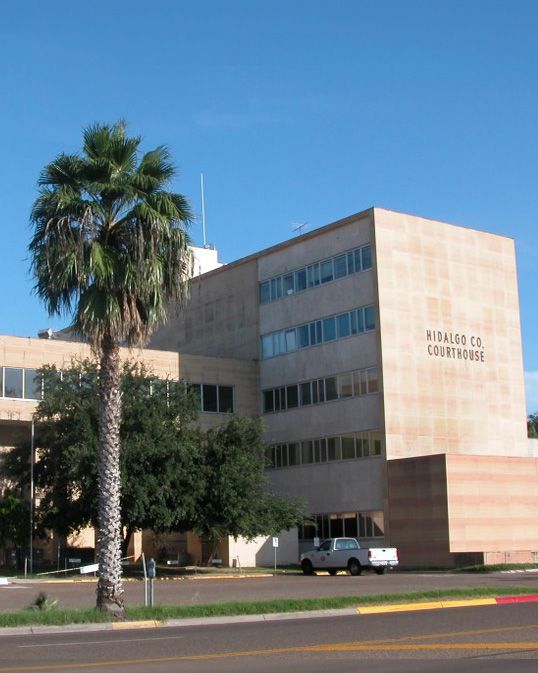What Are the Correct Hand Signals for Bicyclists?
LAW BLOG •
Riding a bicycle can be a great way to get in a little exercise every day. Whether you ride your bike for transportation or recreation, communicating effectively with motorists is a much-needed skill that is often under-emphasized. Hand signals allow you, as a bicyclist, to signal your movements ahead of time and keep everyone using the roadways a little safer.
Signals For Individuals
If your bicycle does not have turn signals for road riding, failing to use the prescribed hand signals can lead to a traffic citation or accident. Here are the correct hand signals to use anytime you do not have access to lit turn signals, according to the National Highway Traffic Safety Administration :
- Turning left. Fully extend your left arm out to the side and either point to the left or extend all fingers.
- Turning right. There are two acceptable ways to signal a right turn from a bicycle. Either extend your left hand out to the side and bend your forearm at the elbow to make a 90 degree angle (also useful for vehicles without or with malfunctioning turn signals), or fully extend your right arm out to the side. Point in the direction of the turn or extend all fingers.
- Stopping/yielding/slowing down. Anytime you need to make a sudden decrease in speed on the roadways, extend your left arm and bend it down at the elbow to make a 90 degree angle. Your hand should be pointed towards the road.
All of the appropriate hand signals are easy to perform with one hand on the handlebars and one hand signaling. Use the hand signal several feet before your turn or right as you begin to decelerate to give vehicles behind you a chance to react. In addition to using the appropriate hand signals, all bicyclists riding on the roads must obey all of the rules motorists are required to follow.
Signals and Tips for Riding Bicycles in a Group
In a group, other common hand signals may be helpful for avoiding road hazards. The rider in the front of the group will typically signal the rest of the group. Once you see the leader make a signal, mimic it that other riders down the line receive the same message.
- Turning and slowing. Use the same signals as you would on a solo ride.
- Drafting. Drafting occurs when riders following another cyclist pull in close to the rear wheel of the rider in front. Doing so reduces air resistance, making the ride slightly easier. A rider in front may signal to another rider to draft by patting his left or right side of the back, indicating the best place for the rider to move close.
- Loose gravel. Extend your left hand down to the side and shake it to signal that the group is about to ride on an unstable surface.
- Hazards. If you see a road hazard, point at it as you pass to alert other riders to the obstacle. Unnoticed rocks, potholes, and debris can all cause accidents.
- Encountering runners. Runners typically run against traffic when there is not a sidewalk available. Make a motion behind you indicating that other riders should move over to give runners space.
- Low-hanging hazard. Signal a tree branch or other hazard above the group by pointing to the sky.
- Built-in obstacles. Signal speed bumps and other horizontal obstacles by pointing down behind with a sweeping motion across the backside.
The right signals can improve your confidence as a bicyclist on the road and keep you and others safe. Practice using the signals on a trial run or in a group setting to become comfortable with the routine.
The post What Are the Correct Hand Signals for Bicyclists? appeared first on GES Injury Attorneys.
Every state limits the amount of time you have to file a claim.
Don't Delay.
Contact the Attorneys at Gordon & Elias, LLP Today to preserve your right to a recovery.
Contact Us
We will get back to you as soon as possible.
Please try again later.
100% FREE CASE EVALUATION
Free Consultation • No Fee If No Recovery



